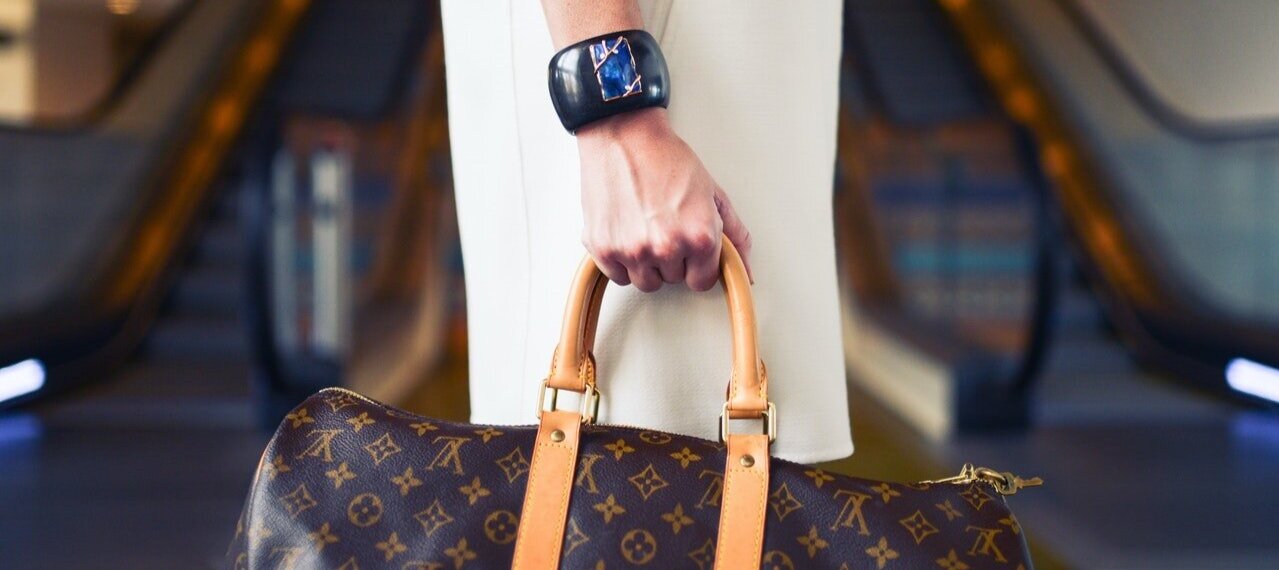How China is Stimulating Retail Spending Post COVID-19
To jump start the economy in a post COVID-19 world many governments are providing citizens with a direct cash payment. In the U.S., adults except for those in top income brackets, are getting $1,200. Hong Kong has implemented a similar policy, millions of citizens will receive $1,200 to help stimulate the economy. China has taken a different approach. By in large the Chinese government is not giving citizens cash directly to stimulate its economy which shrank by 6.2% in the first quarter of 2020, the first time China’s economy has contracted since 1992. Instead Chinese consumers have been given digital vouchers to spend on consumer goods and services. It is thought that vouchers will have a more direct and immediate impact on consumer spending than checks from the government which could be saved for a later date.
Hangzhou, the capital of Zhejiang province, is one of over 30 cities in China that is giving away coupons to boost spending. Hangzhou is giving away 1.68 billion yuan (US $237 million) worth of coupons to more than six million bricks and mortar retailers in categories that range from catering to sports to tourism. Nanjing, the capital of Jiangsu province has given away 318 million yuan (US $ 45 million) worth of coupons to be used in businesses in the catering, sports and tourism sectors.
Many of the discounts provided are small and require consumers to make a purchase of a certain amount first in order to be eligible to receive the discount. For example, Nanjing which started to issue these coupons in the middle of March, offered coupons for 50 or 100 yuan (US $7 or US $14). After a consumer has used one of these vouchers the business that collects the voucher is reimbursed by the municipal government.
Do you like this content? If you do subscribe to our retail trends newsletter to get the latest retail insights & trends delivered to your inbox
Alipay, the payment platform owned by eCommerce giant Alibaba is offering 10 million discount tokens to 10,000 retailers that use its app. Alibaba’s competitor JD.com is giving away coupons worth 1.5 billion yuan ($212 million) for branded goods. These vouchers have to be used within a limited time period, often within a short time frame right after issue to support immediate consumer spending instead of having consumers defer their spending to a later date.
Retailers are not sitting still hoping these measures work. Apple which is known for its premium pricing and lack of discounting, has allowed its retail partners in China to provide discounts on the iPhone for a limited time only. Suning a well-known Chinese electronics retailer is selling the iPhone 11, 64 GB model for 4999 yuan (US $707.54), a discount of 500 yuan (US $70) from Apple’s official retail price in China. The 64 GB iPhone 11 Pro Max is selling for 7499 yuan ($1,061.38), a discount of 1600 yuan ($226).
While in normal times discounts like these can be used to create spikes in demand these are not normal times, at least not yet. After the last recession many consumers in the U.S become thriftier and started to frequent discount stores like Dollar General. Over a decade later consumers are still thrifty and discount retailers have been among the fastest growing retailers in the U.S. In the short term consumer spending will not to bounce back right away since millions of people have lost their jobs and those that still have jobs are concerned if they will face job cuts in the near future. Then there is the lingering worry that the virus will come back.

